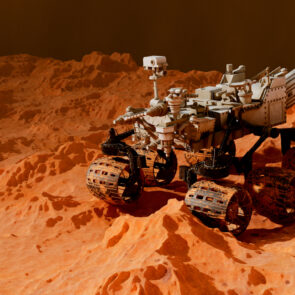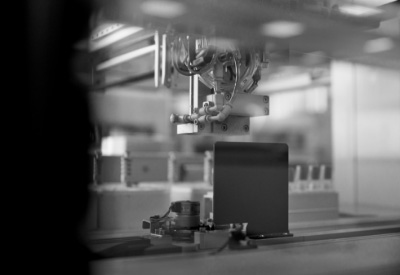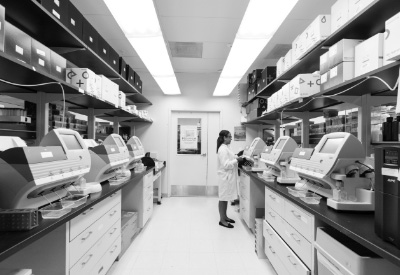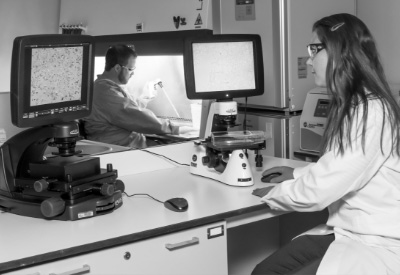What is the temperature in space? This question is more complicated than it may initially seem and requires an in-depth exploration of our cosmos. “Outer space” encompasses every planet, star, galaxy, nebula, and asteroid in existence. As such, outer space contains objects that are both unimaginably hot and cold, ranging from interstellar gas clouds with temperatures of several million degrees Fahrenheit to the Boomerang Nebula measuring -458°F (-272°C).
Understanding Temperature and Heat
The question “Why is space so cold?” can best be answered by understanding what exactly temperature and heat are. Temperature is a measurable physical property that can most simply be defined by the measurement of particle speed, whereas heat is how much energy the particles of an object have.
“Absolute zero” is the temperature at which all activity stops and is measured at zero kelvins (-459°F or -273°C). In a completely vacant expanse of space, devoid of particles, radiation, and other elements, temperature would be nonexistent by definition. The average space temperature is approximately 2.7 kelvins (-454.8°F or -270.4°C), meaning most of space is close to empty but not entirely devoid of energy.
Temperature Variance in Outer Space
To understand how heat and temperature work in outer space, it is helpful first to understand how they work on Earth. As heat describes the transfer of thermal energy between objects, it is dependent on particle density. On Earth, heat travels by conduction (heat transfer through direct molecular collision), convection (heat transfer by movement that carries thermal energy), and radiation (emission of electromagnetic waves that generates thermal energy).
Because physical matter tends to gather into astronomical bodies, most of outer space is nearly empty. This interstellar medium is a near-vacuum where individual atoms may be miles apart. When particles are so widely dispersed, heat transfer through any means other than radiation becomes impossible, resulting in a significant temperature decrease. This means that, in much of space, heat can only exist where heat waves travel, leading to a tremendous temperature difference experienced by spacecraft when traveling in sunlight versus shadowed regions.
Near-Earth Temperatures: A Challenge for Orbiting Spacecraft
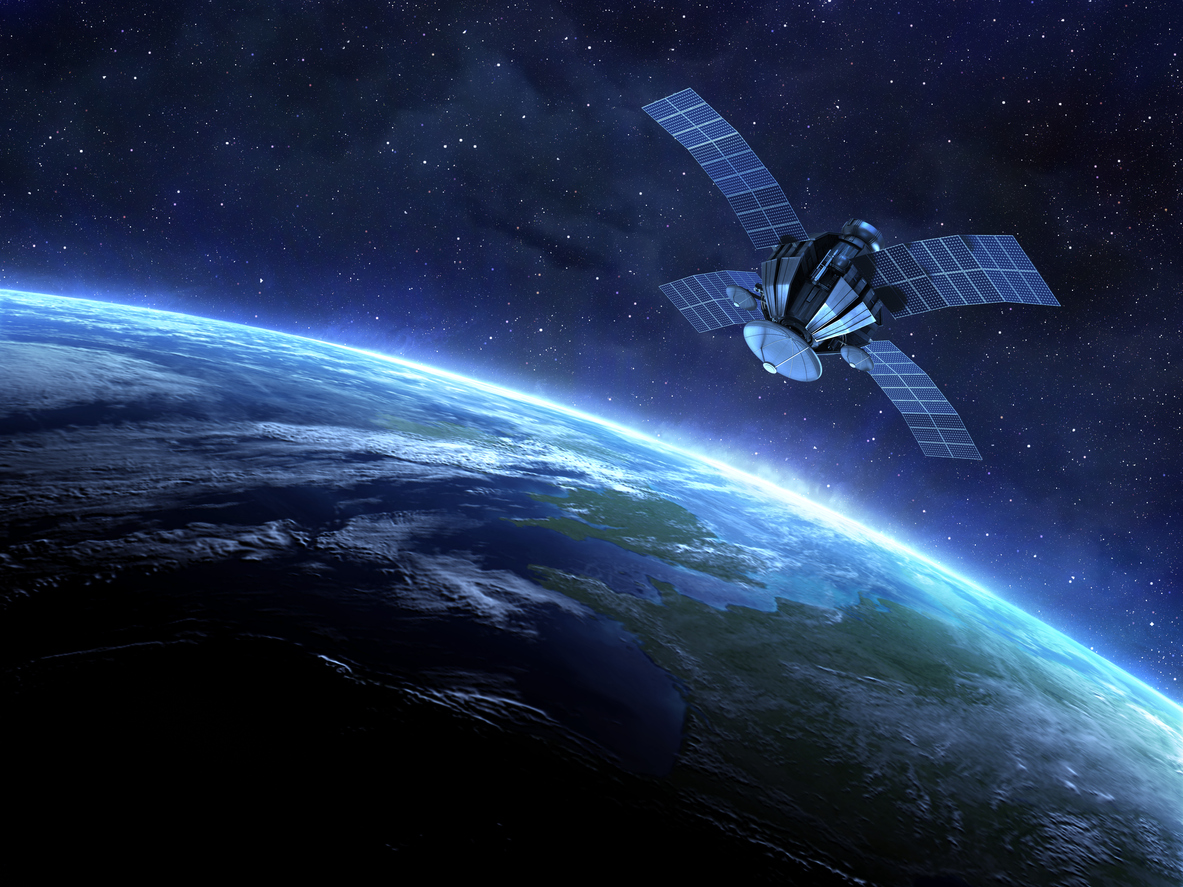
Most satellites reside in low-Earth orbit (LEO) or geosynchronous earth orbit (GEO), with LEO satellites occupying any altitude below 1,200 miles, and GEO satellites occupying a constant altitude of 22,236 miles. The answer to the question “How cold is space?” in near-Earth regions is a perhaps surprising average temperature of a brisk 50°F (10°C). However, this average masks an extraordinarily wide temperature range, from as low as -148°F (-100°C) in shaded areas to as high as 248°F (120°C) when directly exposed to solar radiation.
Thus, any spacecraft near Earth must face the dual challenge of enduring both extreme cold and extreme heat. These conditions present unique difficulties for batteries and other onboard electronics.
Temperature and Batteries
Although different types of batteries are used in space applications, they generally exhibit similar trends when exposed to extreme temperatures. Extreme cold and heat tend to cause a decline in battery capacity, lifecycle, and overall performance due to a slowing down of crucial chemical reactions, which can ultimately result in catastrophic failure.
These limitations require near-Earth spacecraft to utilize thermal control mechanisms, sun shields, and satellite maneuvering to ensure onboard electronics function properly. These systems are likewise susceptible to gradual failure over time, which can ultimately result in a complete loss of spacecraft functionality.
Nickel-Cadmium Batteries: A Common Choice With Notable Drawbacks
The most common batteries used for space flight applications are nickel-cadmium (Ni-Cad) batteries, which operate using solar cells that convert solar energy into electricity. These batteries possess numerous advantageous features for spacecraft operations, with notable strengths including their durability and excellent discharge characteristics. Ni-Cad batteries possess an extremely high cycle life even at low temperatures, making them well-suited to withstand space’s low temperatures.
The primary drawback of Ni-Cad batteries lies in their operational lifespan. These batteries have a limited shelf life and rapidly deteriorate during regular usage, reducing performance over time. Additionally, Ni-Cad batteries can only effectively operate in temperatures ranging from -40°F to 21°F (-40°C to 70°C)and thus require external heating sources for space-based operations. Ni-Cad battery cells are also susceptible to chemical crystalline formation, leading to diminished battery efficiency and potentially causing hazardous electrical shorts.
Lithium-ion batteries have made notable progress in overcoming constraints linked to Ni-Cad batteries in space applications. However, they still face similar issues like chemical volatility, restricted temperature range, and dependence on external power sources for charging. Therefore, the development of batteries that can address these challenges would enhance reliability and longevity and prove to be a valuable addition to LEO, GEO, and deep-space missions.
City Labs NanoTritium Batteries Are Built to Withstand the Extreme Temperatures of Outer Space
City Labs has pioneered novel NanoTritium™ battery technology to serve as a robust and long-lasting solution for powering microelectronic devices in space.
Our NanoTritium™ battery products differ from traditional batteries due to a notable difference in their power generation process. While conventional batteries depend on volatile chemical reactions and require temperature control for optimal functioning, our NanoTritium™ batteries utilize nuclear battery technology that harnesses the energy produced by the natural decay of tritium, capturing the kinetic energy of released beta particles and transforming it into electricity. This process allows NanoTritium™ batteries to operate seamlessly over an extremely wide temperature range of -67°F to 302°F (-55°C to 150°C), a feat which was confirmed by third-party testing performed by aerospace company Lockheed Martin.
City Labs’ NanoTritium™ batteries are exceptionally versatile, showcasing remarkable tolerance to a wide temperature range without compromising performance. With a 20+ year lifespan and resistance to vibration and radiation, these batteries are perfectly suited for several in-space applications.
City Labs has forged many strategic partnerships with industry leaders to propel the advancement of our batteries for integration into cutting-edge technologies of tomorrow. Contact us today if you want to collaborate or hear more about how our batteries can serve your needs.





